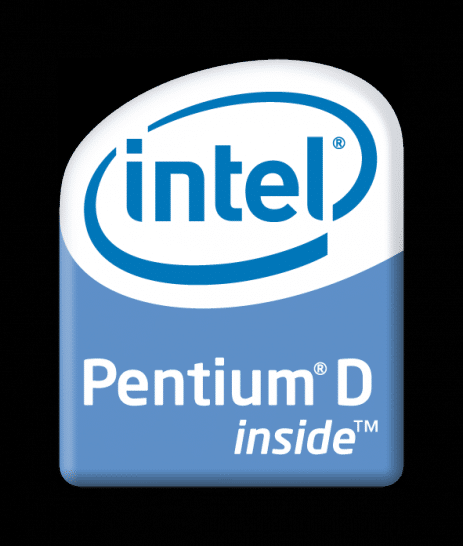Intel Pentium D and Microsoft’s Discovery of the Internet (PCGH-Retro May 26)


Intel Pentium D and Microsoft’s discovery of the Internet – that happened on May 26th. Every day, PC Games Hardware dares to take a look back at the young but eventful history of the computer.
…1995: Microsoft missed out on this trend: the Internet is changing the world of work, communication and leisure time, turning from a niche application for a few scientists into a mass medium – but Microsoft continues to focus on software for the offline world. Windows 95, which will be released in August, hardly takes the online revolution into account, not even a browser is included: Internet Explorer is only upgraded with the Plus package. But Microsoft CEO Bill Gates is slowly beginning to understand where the future lies, and so on May 26, 1995 he swears his management staff to adopt a new strategy: In a nine-page memo called “The Internet Tidal Wave” (“The Internet -Tutwelle”) he outlines the possibilities of the new medium and the dangers of new competitors like Netscape. In it he finds clear words: The Internet is “the most important development since the introduction of the IBM PC” and “more important than the introduction of graphic interfaces”; Among other things, he names the development of its own web server and the installation of its own browser on as many PCs as necessary steps for the company – a strategy that Microsoft soon pushes, but which will get the company into trouble in the forthcoming antitrust lawsuit. However, one point is probably not emphasized clearly enough: the importance of search engines. Gates has recognized the threat posed by Netscape, but he doesn’t yet expect a competitor like Google.
…2005: The first dual-core processor based on the x86 architecture has been available since April as a Pentium Extreme Edition with a Smithfield core. But only on May 26th will the dual-core technology become suitable for the masses: with the Pentium D, which is also based on the Smithfield. The first models 820, 830 and 840 run at 2.8 to 3.2 gigahertz and thus significantly slower than the single-core Pentium 4 670, which was also released that day and which, at 3.8 GHz, achieved the highest clock frequency of all x86 CPUs – programs that know how to use multiple cores still run faster on the small 820, and in the future both Intel and AMD will focus on increasing the number of cores instead of the operating speed.
Reference-www.pcgameshardware.de